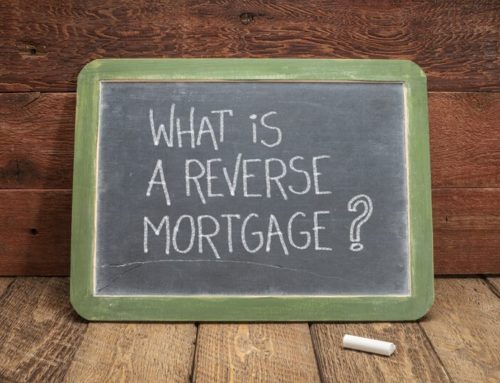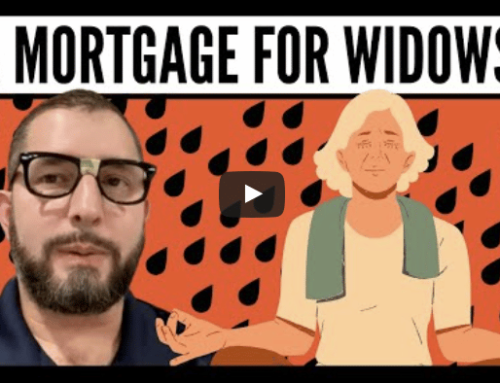Find the RIGHT Formula
As a tool for present and future financial planning, the reverse mortgage program was not attractive for consumers–and was often called “a last resort”–because of high setup costs. The introduction of the HECM Saver, or the “Standby” Reverse Mortgage has changed this perspective for the better and financial planners have noticed.An article, published by National Reverse Mortgage Lenders Association, discussed the importance of reverse mortgages from a business and public policy standpoint and their growing importance in the future, during senior retirement planning and execution.The current popularity of the reverse mortgage program can be attributed to rising health care costs and lower investment returns coupled with tighter fixed incomes.However, the reverse mortgage program is not as “new” as people might think.
The first program of its kind began in the 1960’s where it stayed in the shadows of the mortgage world until 1990 when the Department of Housing and Urban Developmentintroduced the federally-insured Home Equity Conversion Program. The reverse mortgage continued to gain attention in 1996, when Fannie Mae launched the Home Keeper.In the near future reverse mortgages may become indispensable to senior homeowners. Currently, over 34 million Americans are over the age of 65; this is expected to grow to 70 million in the next 3 decades. By 2030, four out of five homeowners will own their own home, meaning that the number of future homeowners will increase (not decrease) despite the recession. Moreover, 20% of Americans will be over the age of 65.
The increase of older Americans presents a difficult problem that reverse mortgage programs can solve.
The greatest financial asset senior homeowners have is the equity in their home. Nevertheless, they have the lowest median income of any age group. As the article mentions, “the conversion of home equity into income could significantly increase the relatively low incomes of senior homeowners.”Senior homeowners want to maintain their standard of living and remain independent without having to cut corners in their retirement. As a public service, the reverse mortgage program can potentially provide a steady income for seniors looking to live a comfortable retirement. While medical expenses might, and is, one of the most obvious choices, home improvements are also a possibility with the reverse mortgage program.In addition, reverse mortgages do not require monthly payments and, if chosen correctly, guarantee lifetime income as long as the borrower occupies their primary residence (even if the loan amount exceeds the home’s current value). Monthly mortgage payments–plus interest are a hassle–make the decision that will pay you back.America is getting older. America is living longer. A reverse mortgage can be a solution to some outstanding retirement problems and possible future ones as well.At PS Financial Services, a reverse mortgage company in Florida, we offer all the reverse mortgage options available for a retiring or retired senior homeowner.Make sure your retirement is liberating, not suffocating. Give us a call at (888) 845-6630 or send us an email at info@PSReverseMortgage.com. We do not pressure those who inquire.















